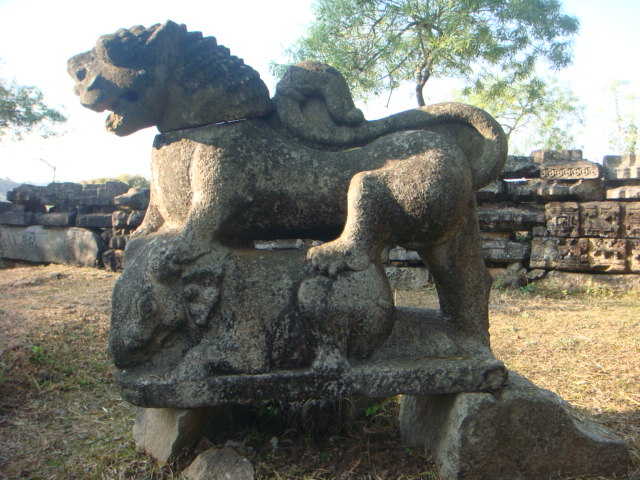Kamarupa - Late To End Period on:
[Wikipedia]
[Google]
[Amazon]
Kamarupa – Late to end period was a period of

Kamarupa
Kamarupa (; also called Pragjyotisha or Pragjyotisha-Kamarupa), an early state during the Classical period on the Indian subcontinent, was (along with Davaka) the first historical kingdom of Assam. The Kamrupa word first appeared in the ...
kingdom from founding of Pala Dynasty
The Pāla Empire was the empire ruled by the Pala dynasty, ("protector" in Sanskrit) a medieval Indian dynasty which ruled the kingdom of Gauda. The empire was founded with the election of Gopāla by the chiefs of Gauda in late eighth centu ...
by Brahma Pala
Brahma Pala (reigned 900-920) was the founder of the Pala Dynasty (900–1100) of the Kamarupa kingdom. He married Kula Devi, by whom he had a successor to his throne named Ratna Pala.
See also
* Kamarupa - Late to end period
* Pushyavarman
* ...
to last ruler of dynasty Jaya Pala.
Foundation of Pala Dynasty
Brahma Pala became the ruler of Kamarupa when Tyaga Singha of Mlechha dynasty died heirless to succeed him the people elected Brahma Pala to be their king. The ruler was legitimized with the claim that Brahma Pala was a descendant of the Varman dynasty and that he was elected by the people. He married Kula Devi by whom he had it son named Ratna Pala. It is not known whether Brahma Pala had a long reign like his son but it appears that when Ratna Pala grew up Brahma Pala abdicated in his favour.''Epigraphia Indica
''Epigraphia Indica'' was the official publication of the Archaeological Survey of India (ASI) from 1882 to 1977. The first volume was edited by James Burgess in the year 1882. Between 1892 and 1920 it was published as a quarterly supplement to ...
'' - vol XII, p.37
Outside invasions
During Brahma Pala's reign Kamarupa was attacked by Jatavarman, son of Vajravarman of the Varman dynasty which ruled probably in Eastern Magadha when the Pala power began to wane. This invasion is mentioned in the Belava copper-plate inscription of Bhojavarman, the grandson of Jatavarman, who thereby granted lands in the Paundra bhukti, the grant being issued from the victorious camp at Vikramapura. It is stated in verse 8 of this inscription that It appears that Jatavarman invaded Kamarupa and defeated its king but could not annex the kingdom. It is probable that after this defeat Brahma Pala abdicated in favour of his son Ratna Pala who appears to have removed the capital toGuwahati
Guwahati () the largest city of the Indian state of Assam, and also the largest metropolis in northeastern India. Dispur, the capital of Assam, is in the circuit city region located within Guwahati and is the seat of the Government of Assam. Th ...
, on the banks of the Brahmaputra
The Brahmaputra is a trans-boundary river which flows through Southwestern China, Northeastern India, and Bangladesh. It is known as Brahmaputra or Luit in Assamese, Yarlung Tsangpo in Tibetan, the Siang/Dihang River in Arunachali, and ...
, and, after fortifying it, called it Durjaya
Durjaya, now North Guwahati, was capital of Kamarupa kingdom under the Pala Dynasty for the period 900 to 1100 C.E. Pala rulers built their capital on the banks of the Brahmaputra and surrounded it with a rampart and a strong palisade, whence th ...
or impregnable.
Capital
Ratna Pala fortified the capital city called it Sri-Durjaya. There are two copper-plate inscriptions of Ratna Pala, known as the Bargaon and the Sualkuchi grants.''Epigraphia Indica - Volume 30'' (1987), p.204Line of Kings
See also
*Varman Dynasty
The Varman dynasty (350–650) was the first historical dynasty of the Kamarupa kingdom. It was established by Pushyavarman, a contemporary of Samudragupta. The earlier Varmans were subordinates of the Gupta Empire, but as the power of the Gup ...
References
Further reading
* * * * * * * * * * {{DEFAULTSORT:Kamarupa - Late to end period History of Kamarupa